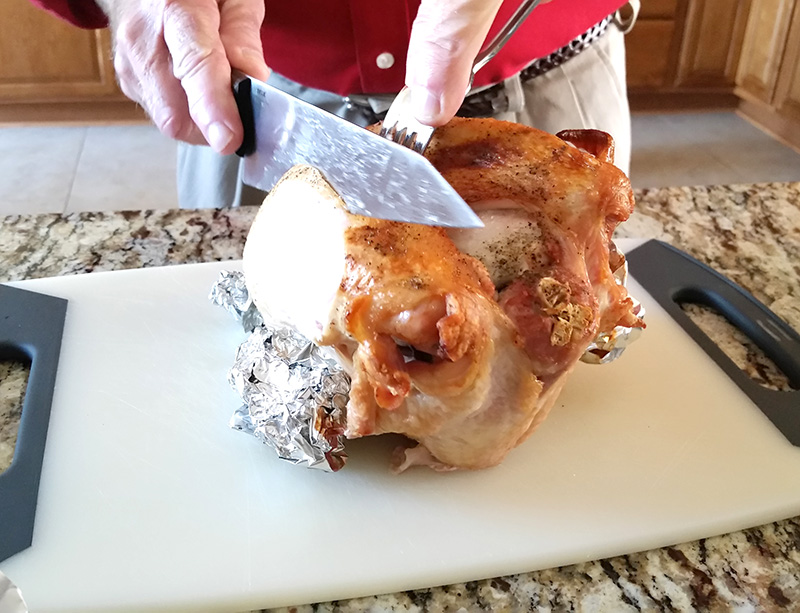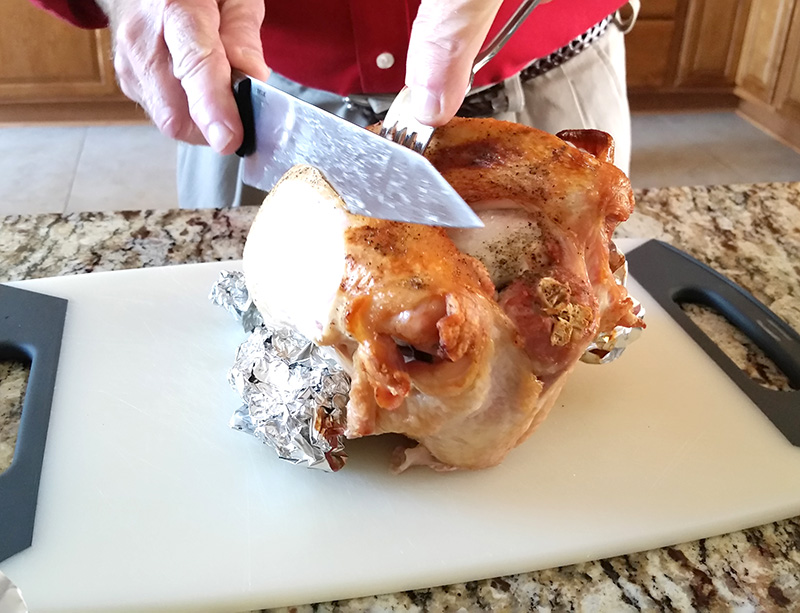A focal point of holiday festivities for families every year is to gather around the dinner table and partake of delicious delicacies. But as scrumptious as those goodies are the first time, eating them again can be just as good if they are handled properly.
What you do with those leftovers and how fast you do it could be the difference between a hearty second meal and an upset tummy, said Roxie Price, University of Georgia Cooperative Extension Family and Consumer Sciences agent in Tift County.
Price said that while it may be customary for families to enjoy each other’s company with delightful conversation once the meal is eaten, food needs to be stored in a timely manner. Don’t just cover the food on the table with lids and aluminum foil — put the food in a refrigerator or freezer so it doesn’t spoil.
“We do know that you need to get perishable leftovers in the refrigerator within two hours. Bacteria multiply at rapid rates at room temperature,” Price said. “Getting something in the refrigerator or freezer slows the growth process of bacteria.”
Another important tip to remember is the temperature of the refrigerator. Price recommends all refrigerators be set to below 41 degrees Fahrenheit.
“Some people may put food in the refrigerator and they don’t have a refrigerator thermometer. They may be putting food into a refrigerator that’s 50 degrees Fahrenheit,” Price said. “It’s a good time now, with the holidays coming up, to make sure your refrigerator is holding the correct temperature, below 41 degrees Fahrenheit.”
If leftovers are properly stored in the refrigerator, they will be edible for up to three to four days. Leftovers in the freezer are good for up to three to four months, although the quality of the food goes down the longer it stays in the freezer.
It’s also important to remember that items in the refrigerator should be stacked according to the recommended cooking temperature for each food. For example, poultry items, which should be cooked to an internal temperature of 165 degrees Fahrenheit, should be stored at the bottom. Ground meats, which should be cooked to an internal temperature of 155 degrees Fahrenheit, should be stored above poultry.
“If the liquids from one meat were to accidentally drip on the meat below, at least the meat on the bottom gets cooked to the higher temperature,” Price said.
Price also recommends that, if you’re traveling to visit friends and family this holiday season, you remember to take a cooler. This will allow you to get leftover goodies home safely to enjoy later.
For special instructions on preparing and freezing food, visit nchfp.uga.edu.




